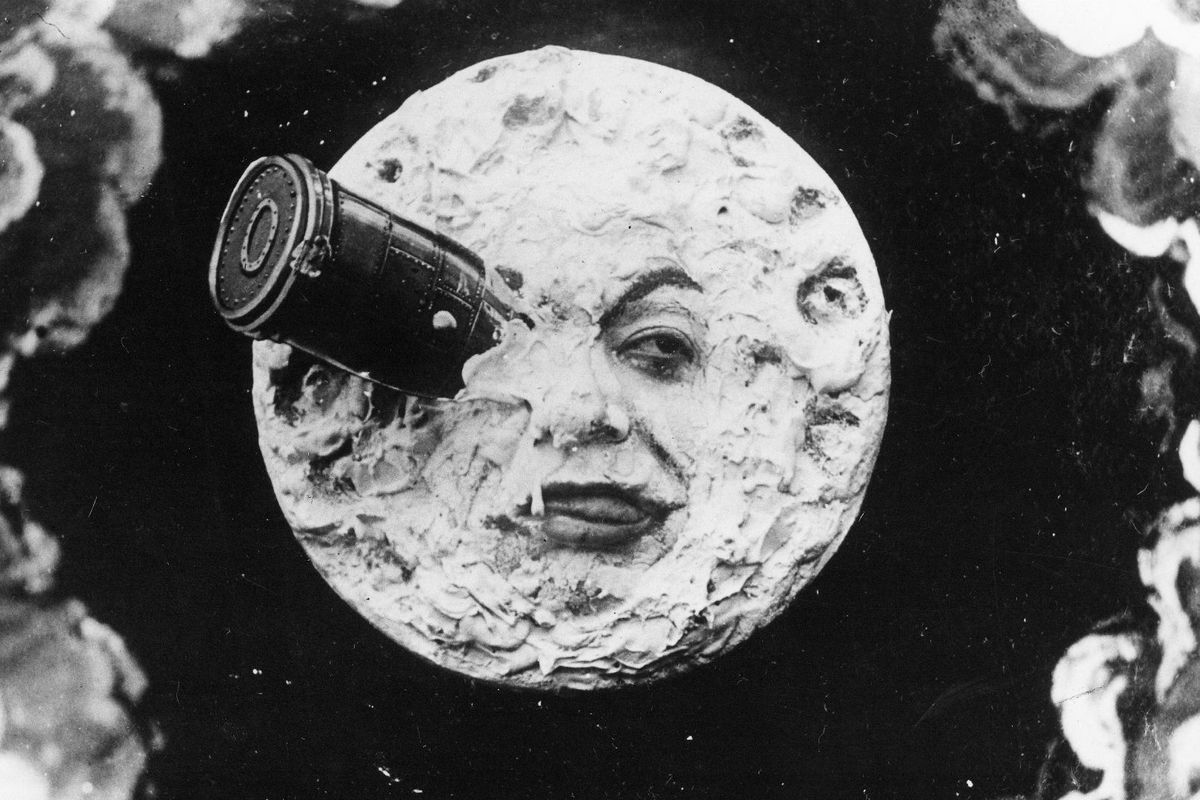
The Beginnings of Cinematography
Louisa Havránková
France is by many considered as the birthplace of film. Les frères Lumière are the first known people to have projected a movie using a cinematograph in 1895. The movie they projected called L'arrivée d'un train en gare de La Ciotat- The Arrival of a Train at La Ciotat Station was only 50 seconds long and it was "just" footage of a train arriving in a train station.
Georges Melies was one of the first cinematographers to make science-fiction movies which at the time was really difficult. He invented new techniques and used many surreal objects. His most known movie is The trip to the Moon.
As the cinema was slowly growing at the beginning of the 20th century chains of cinemas such as Gaumont-Palace and the Pathé-Palace were gaining power.
Unfortunately in 1914 the World War I. started, and that of course affected the just starting industry of cinema. The production of movies decreased for the next four years.
In 1918 the impact of World War I was visible in the film industry. There was a huge lack of money and film production in Europe waned. France installed an import quota, which meant that for every seven foreign movies imported to France there was one French movie produced and distributed in cinemas.
In the 1930s a new movement called poetic realism emerged in French cinema. Some representatives of this movement were for example: Jean Renoir, Jean Vigo, Jaques Feyer, Pierre Chenal etc. The main characters of poetic realism were usually living on the margins of society. Their view of life was fatalistic and the movies ended by death or huge disappointment. Some of the movies are The Lower Depths - J. Renoir, L'atalante - J. Vigo, Le Grand Jeu - J. Feyer.
